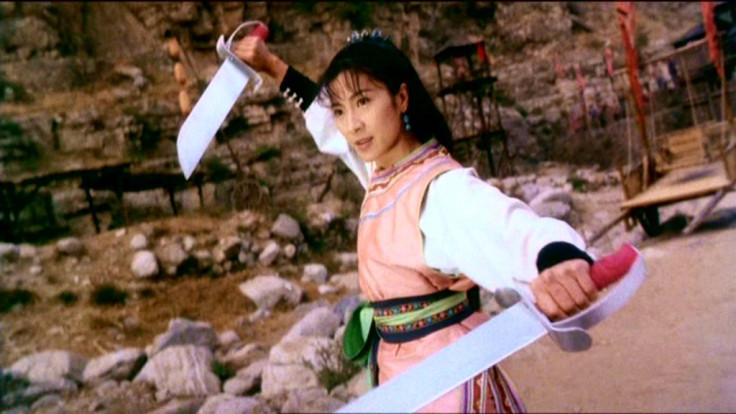I suspect that everyone reading this blog will be familiar with the legend of Ng Moy and Yim Wing Chun. Wing Chun’s creation mythology asserts that the former was a nun who survived the burning of Shaolin, while the later was her student and the first disciple of her new art. It should be noted that female martial arts heroes became all the rage in both the wuxia novels and more popular stories produced in the final years of the Qing and opening decade of the Republic. In actual fact most (though not all) martial artists in the late imperial period were male.
As Douglas Wile has noted, these stories are an important piece of evidence that help us to understand the ideological work that the Chinese martial arts were called upon to perform during this period. And it seems likely that they did inspire many women and girls to take up the actual practice of the arts during the later Republic era. But what historical sources did these mythmakers draw from? Was there a grain of historical truth hidden in the literary creation of figures like Ng Moy?
China has had its share of charismatic, revolutionary, female leaders. One of the most interesting was Tang Saier, who led a large revolt against the state during the early Ming dynasty, before eluding capture by vanishing into the country’s network of poorly regulated temples (or at least that is what the Yongle Emperor seemed to believe). Her story will be of interest to all readers of Kung Fu Tea, particularly those who are looking for the literary roots of figures like Ng Moy or Yim Wing Chun.

